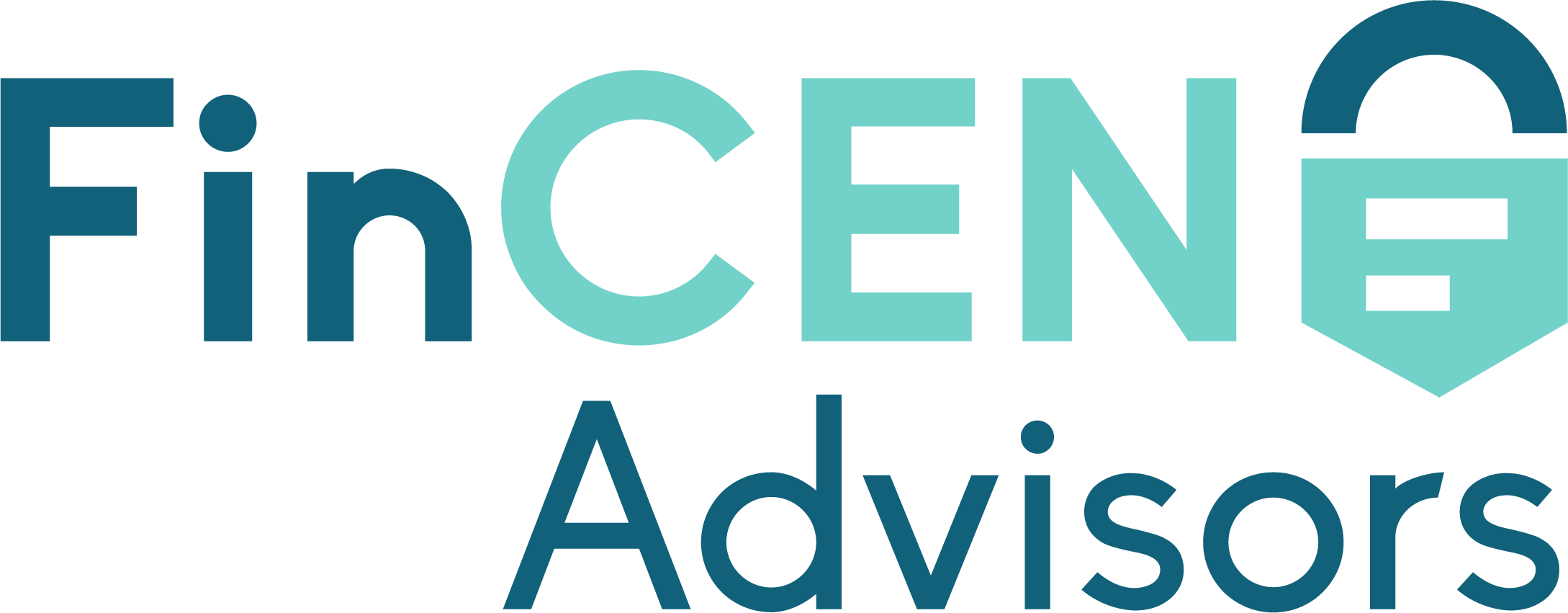Organizations need to prioritize ongoing compliance training to stay updated on regulatory changes.
Key takeaways:
- Conduct a needs assessment first to identify gaps in compliance planning and where the team needs support and resources.
- Follow these best practices to design a compliance program:
- Identify compliance requirements
- Establish timelines
- Incorporate agency material
- Use diverse training methods
- Regularly update training content
Regulatory requirements always seem to shift, whether to combat increased financial crimes or address transparency issues in the corporate marketplace. Even with the best intentions, many organizations fail to maintain ongoing compliance and thus face steep fines, legal ramifications, or reputational harm.
Ongoing compliance training ensures you’re staying up-to-date and compliant with any new regulatory changes and law amendments that impact your business. Team members must be current on requirements and laws so nothing is ever missed and risks are avoided.
This guide covers key considerations for developing a training program that will help your team succeed.
Assessing your compliance training needs
A needs assessment is the first step to establishing a training framework. Identify specific training requirements tailored to the unique context of your business. This involves evaluating internal roles, departments, and regulatory concerns that will shape your strategy.
Look at your organization’s roles and the specific compliance obligations associated with each. Different job functions may entail varying levels of exposure to regulatory risks and require distinct training modules. For instance, employees involved in financial transactions may need training on anti-money laundering regulations, while those in data management may require education on data protection laws.
Engage with all the department heads and stakeholders to gain insights into their unique compliance challenges. This collaborative approach ensures that training programs are comprehensive and relevant to day-to-day operations.
Regularly reviewing and updating the needs assessment process ensures that training programs remain current and effective in addressing emerging challenges and changes. Stay proactive with training to foster a culture of continuous improvement and risk mitigation, safeguarding your business.
How to design your compliance training program
After your needs assessment, it’s time to start designing your training program. Each organization will have different requirements and priorities, but these general steps will help you craft the right framework with the necessary components:
- Identify all applicable compliance requirements
All businesses will have different regulatory requirements to follow, so your program needs to be customized to the laws applicable to your industry. Identify regulations that apply to all businesses and then those within the market you’re in. Talk to a professional when you’re unsure if a law applies to you.
One example is the regulations under the Financial Crimes Enforcement Network (FinCEN). In 2024, businesses must start reporting beneficial ownership information to FinCEN as part of the Corporate Transparency Act. While the requirements apply to most corporations, LLCs, and other businesses that register with the secretary of state or similar office, businesses such as tax-exempt organizations, banks and credit unions, and publicly traded companies are exempt from the new requirements.
Carefully read the requirements and exemptions to know which regulations apply to you. Then, ensure you have training components aligning with each compliance requirement.
- Establish timelines
Frequency will be a key factor in your training program. Answer the following questions when setting up training timelines for the team:
- How often should training occur? I.e., monthly, quarterly, annually.
- Will the training consist of one or several sessions?
- When do new hires attend the compliance training? I.e., during the onboarding process.
It’s also wise to hold a training anytime new regulations are implemented. A training schedule will help you ensure the right team members get the information they need and stay updated when laws change.
- Incorporate agency material
Smaller businesses may struggle to have all the resources they need to provide these trainings, especially when they don’t have a dedicated compliance team member. Fortunately, government organizations and agencies like FinCEN provide training materials to help you craft your program. Look for webinars, training packets, how-to videos, and news or blog pages from trusted sources to incorporate into training.
- Use diverse training methods
Training sessions don’t have to look just one way. Consider utilizing technology that can help enhance your training, like gamification techniques, which incorporate gaming elements to make content more engaging. Include simulations or interactive workshops to keep things interesting and help people grasp the key takeaways.
Training software can also help you set up schedules and reminders and even train new hires through the platform. Finding a tool with automation can make these processes more efficient and effective.
- Regularly update training content
Create a system for making updates. For example, you may need to review a presentation or handouts each month or quarter to ensure the material is still accurate. Compare what you have to updates from regulatory bodies. Pay special attention to the beginning of a new year, when many new laws and amendments go into effect.
Designate a team or staff member who will follow regulation updates and alter materials accordingly.
Develop an effective compliance training program
No matter the size of your business, you need to prioritize regulatory compliance. Otherwise, you could face penalties, fines, and reputational damage that can be hard to recover from.
Crafting the right internal training program will help you and your entire team understand the implications of noncompliance and put best practices in place to stay responsible, transparent, and compliant. Compliance training should be a continuous and integral part of your operations.
When you need assistance understanding the new FinCEN guidelines, turn to the team at FinCEN Advisors. We help you with a more streamlined filing process to get your beneficial ownership information reported properly. Reach out to us today to learn more about our services.









